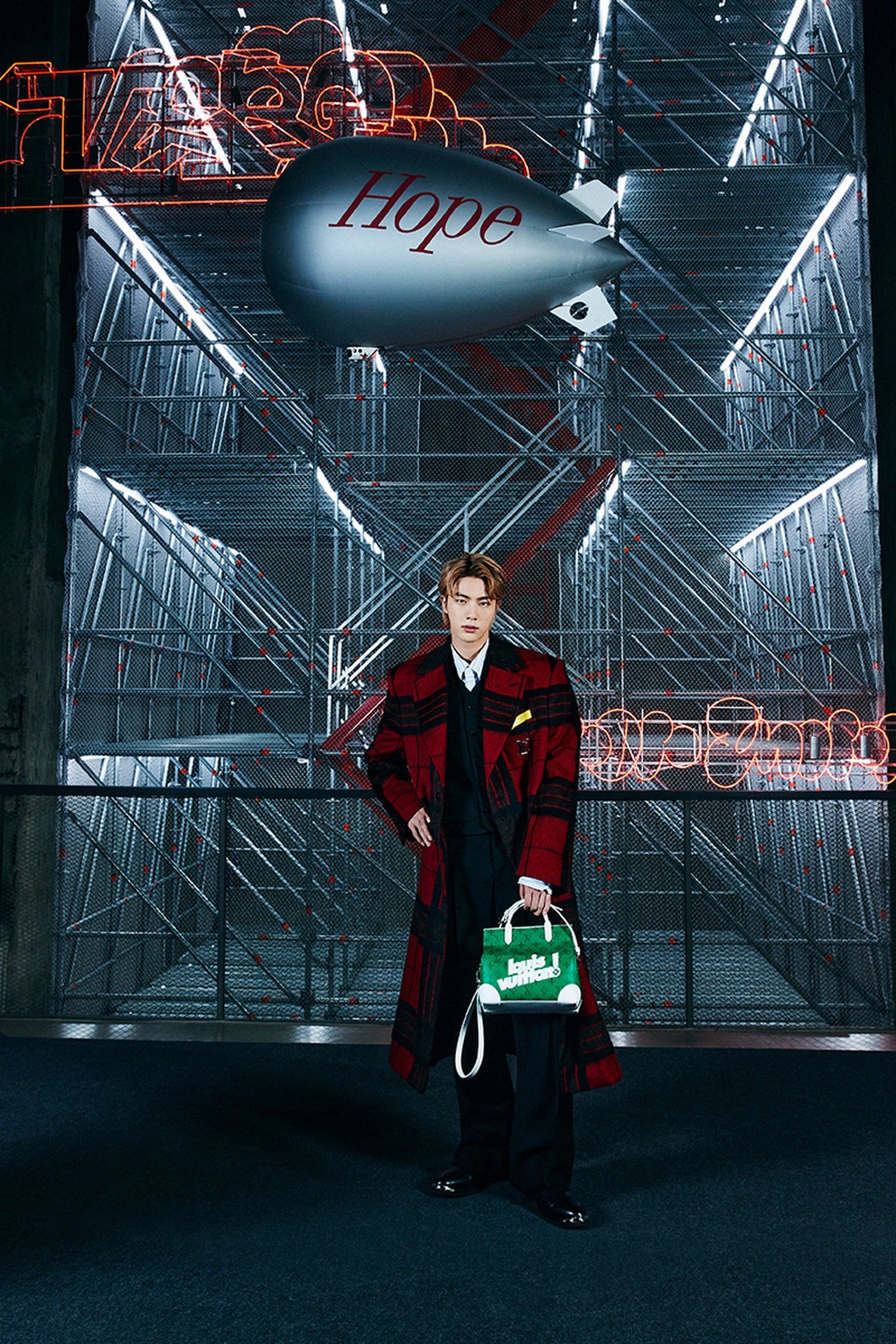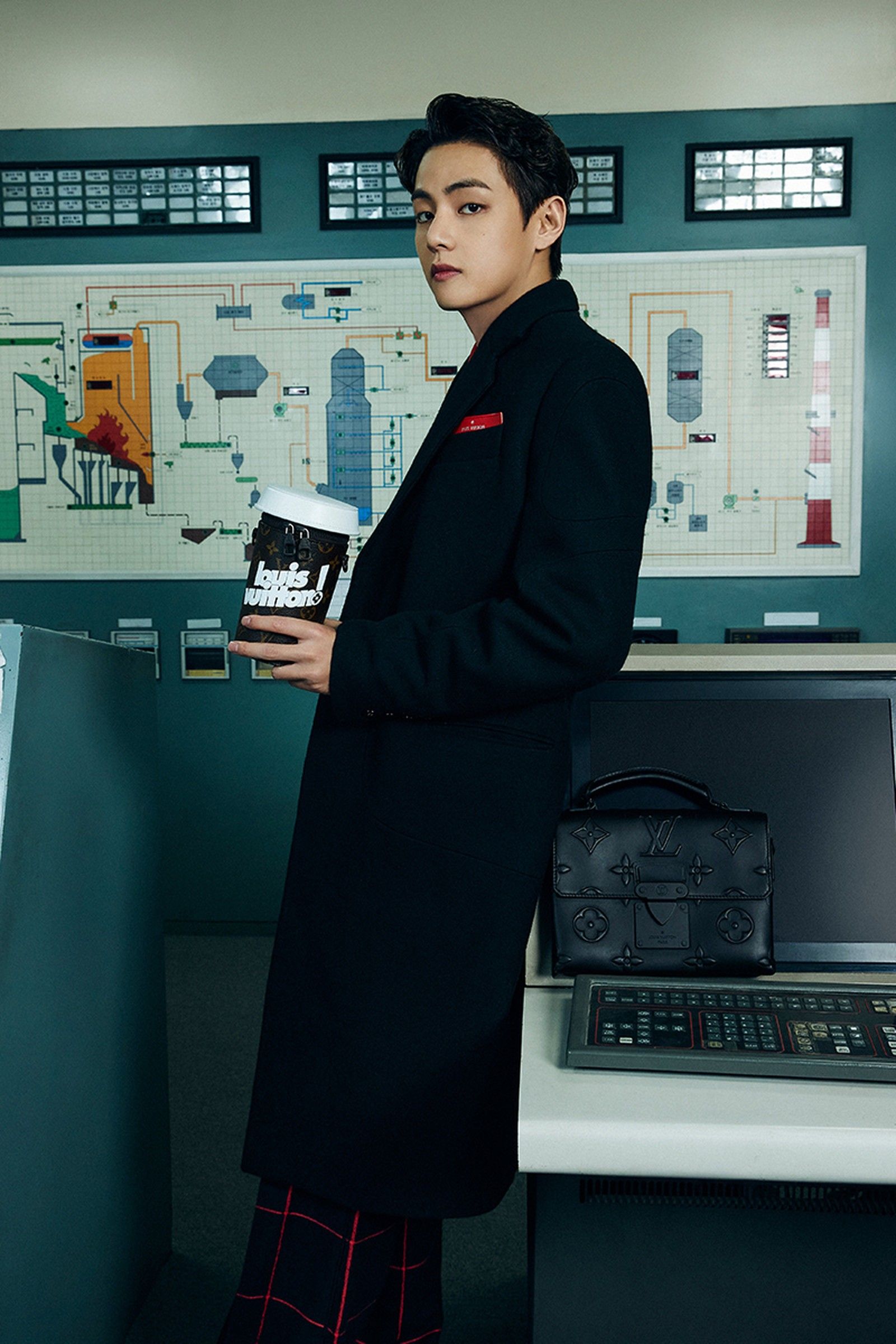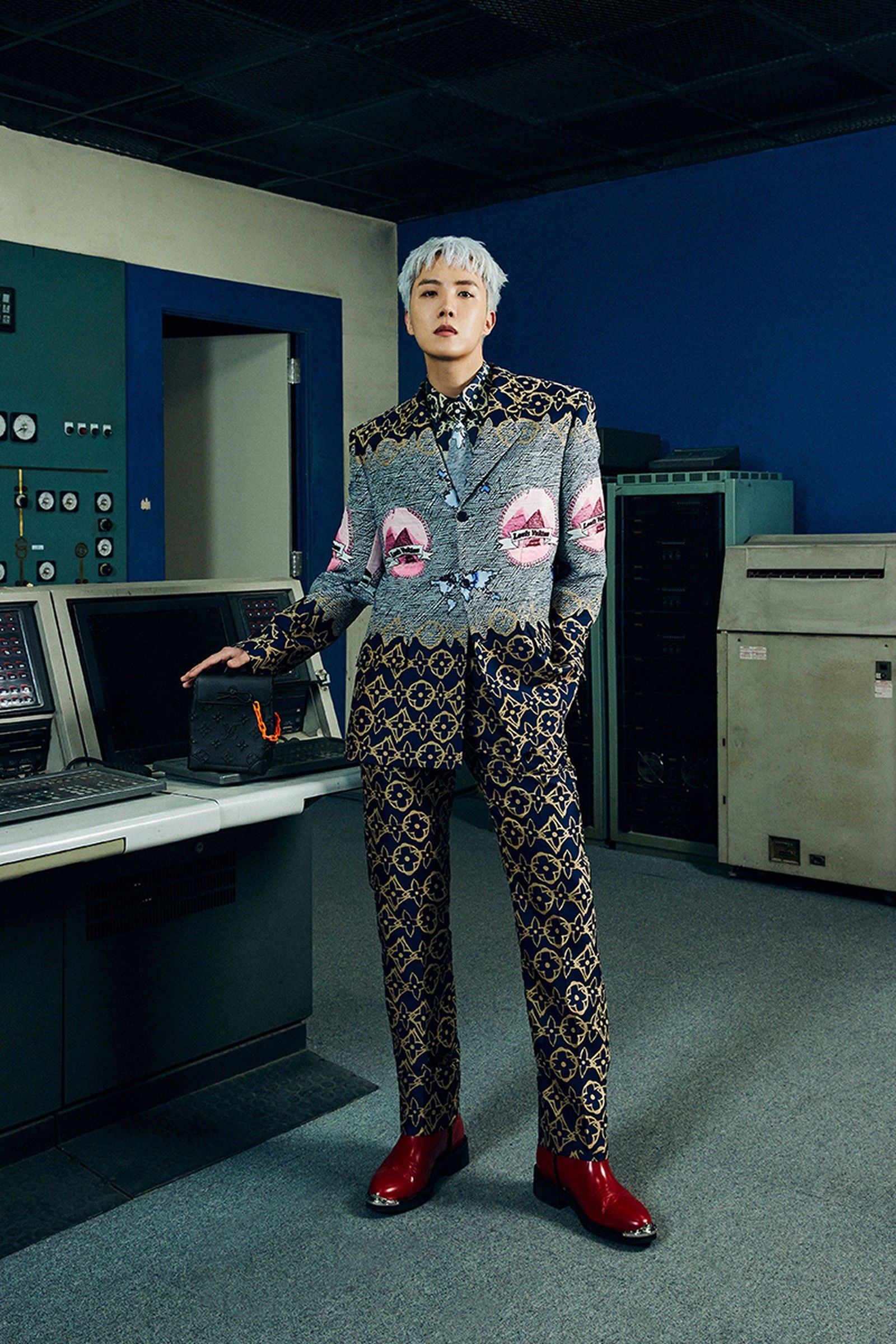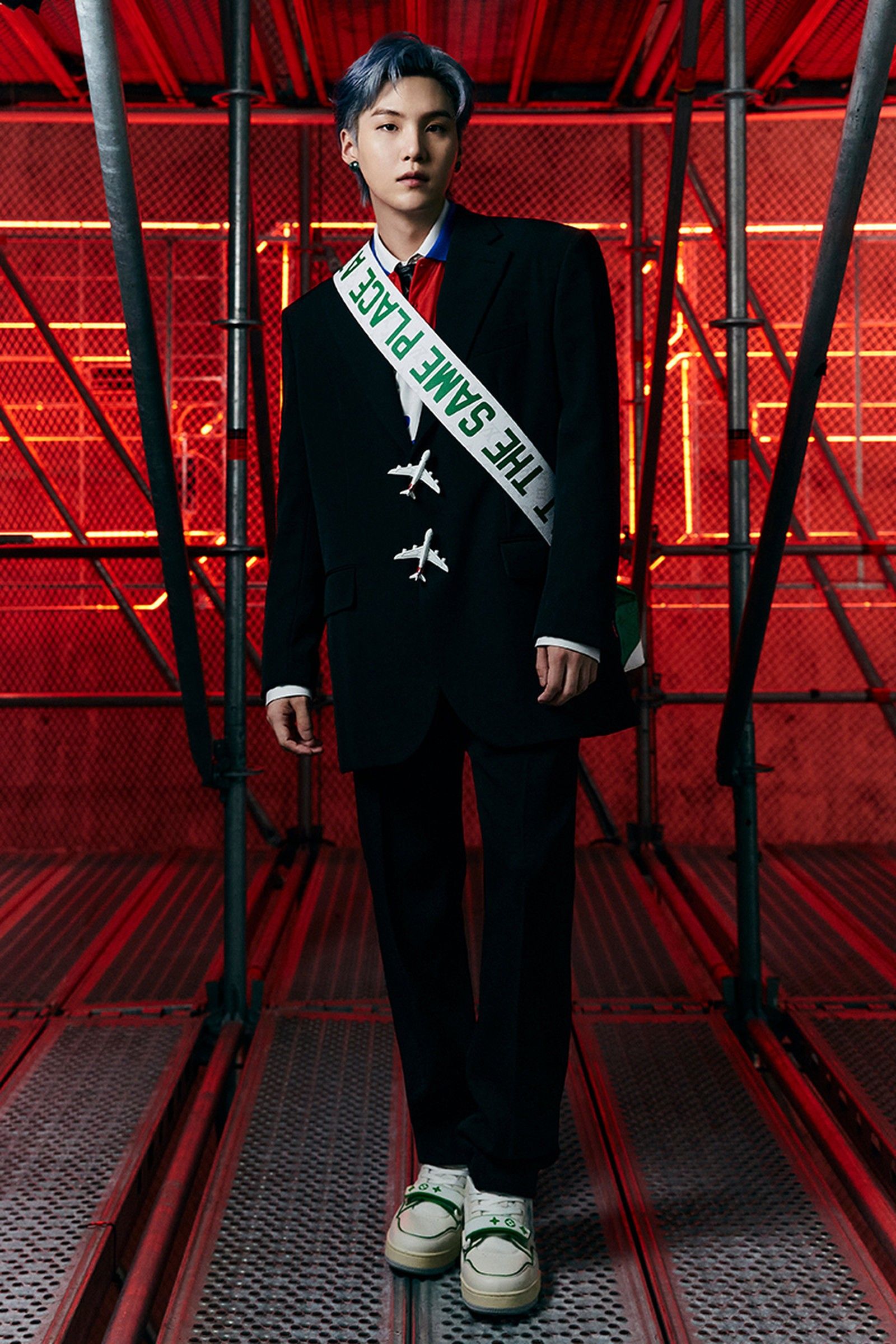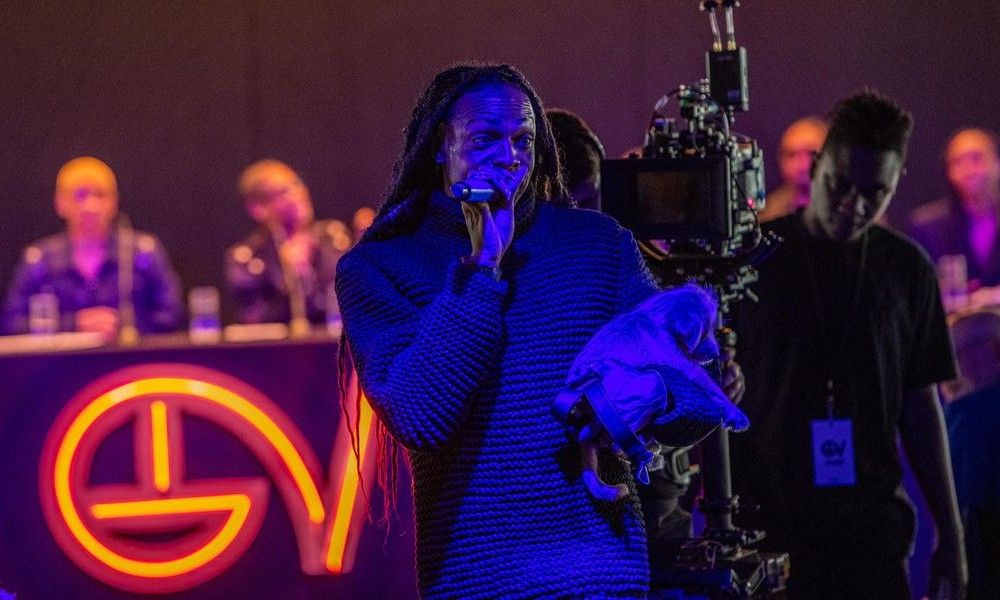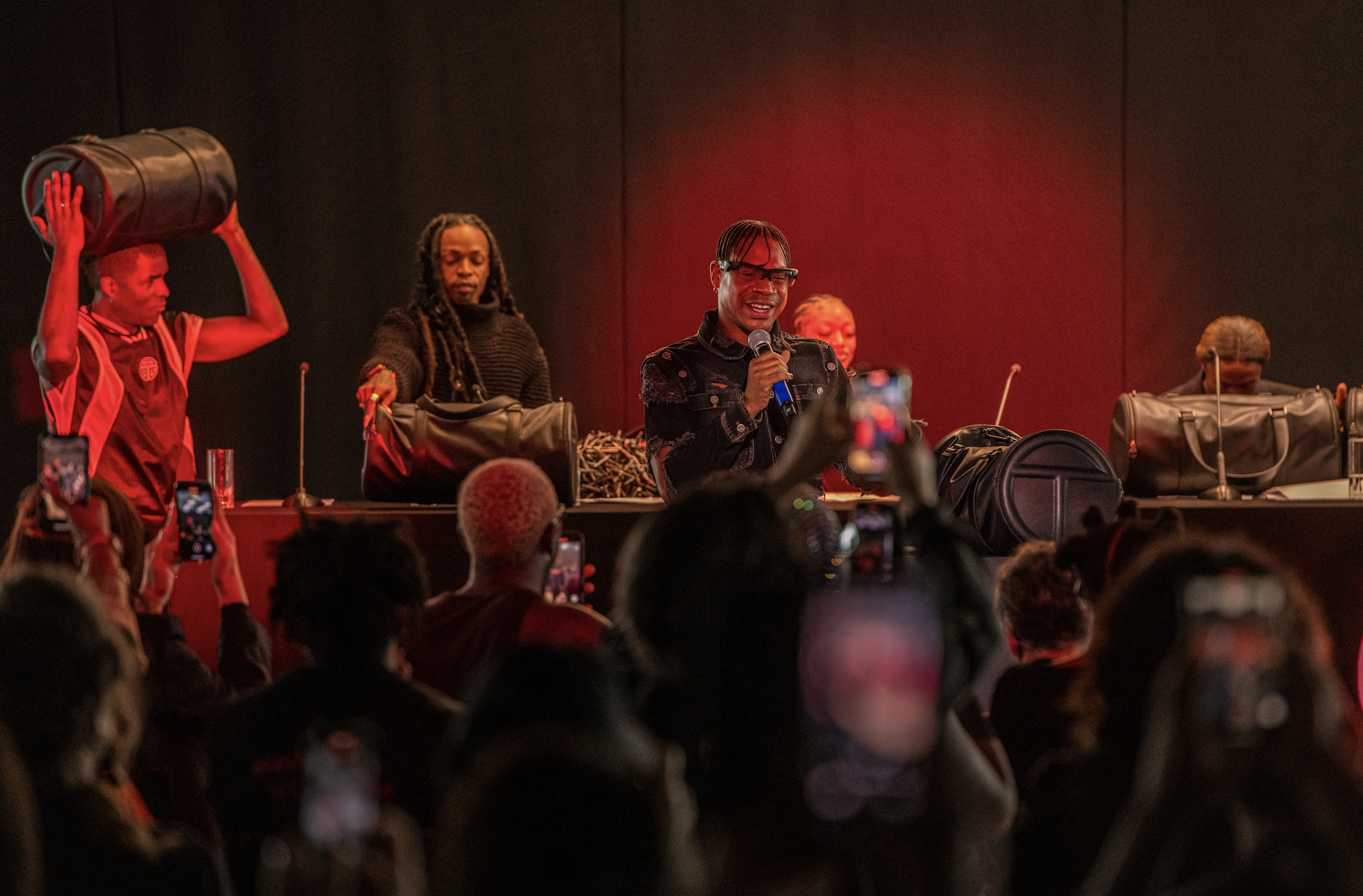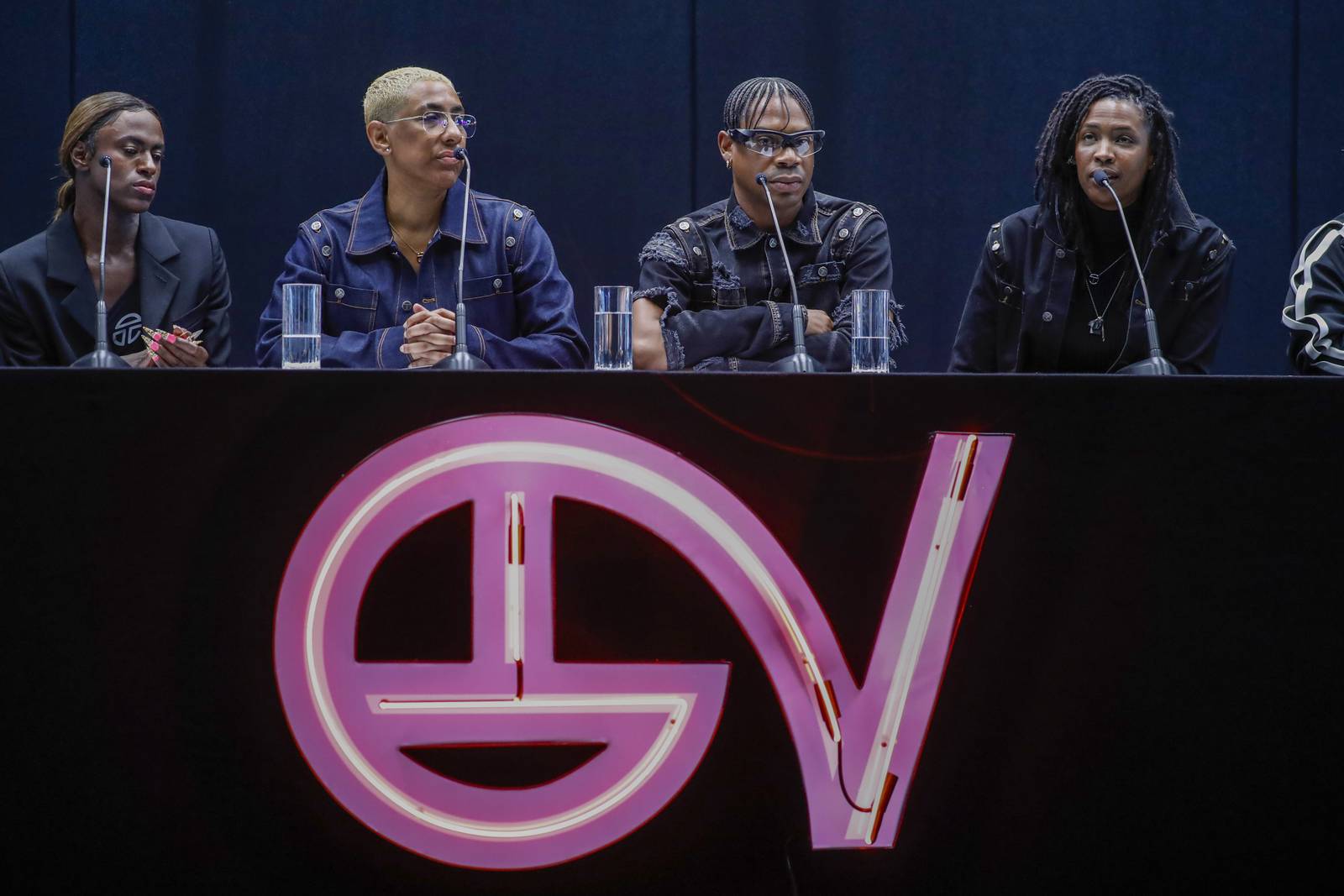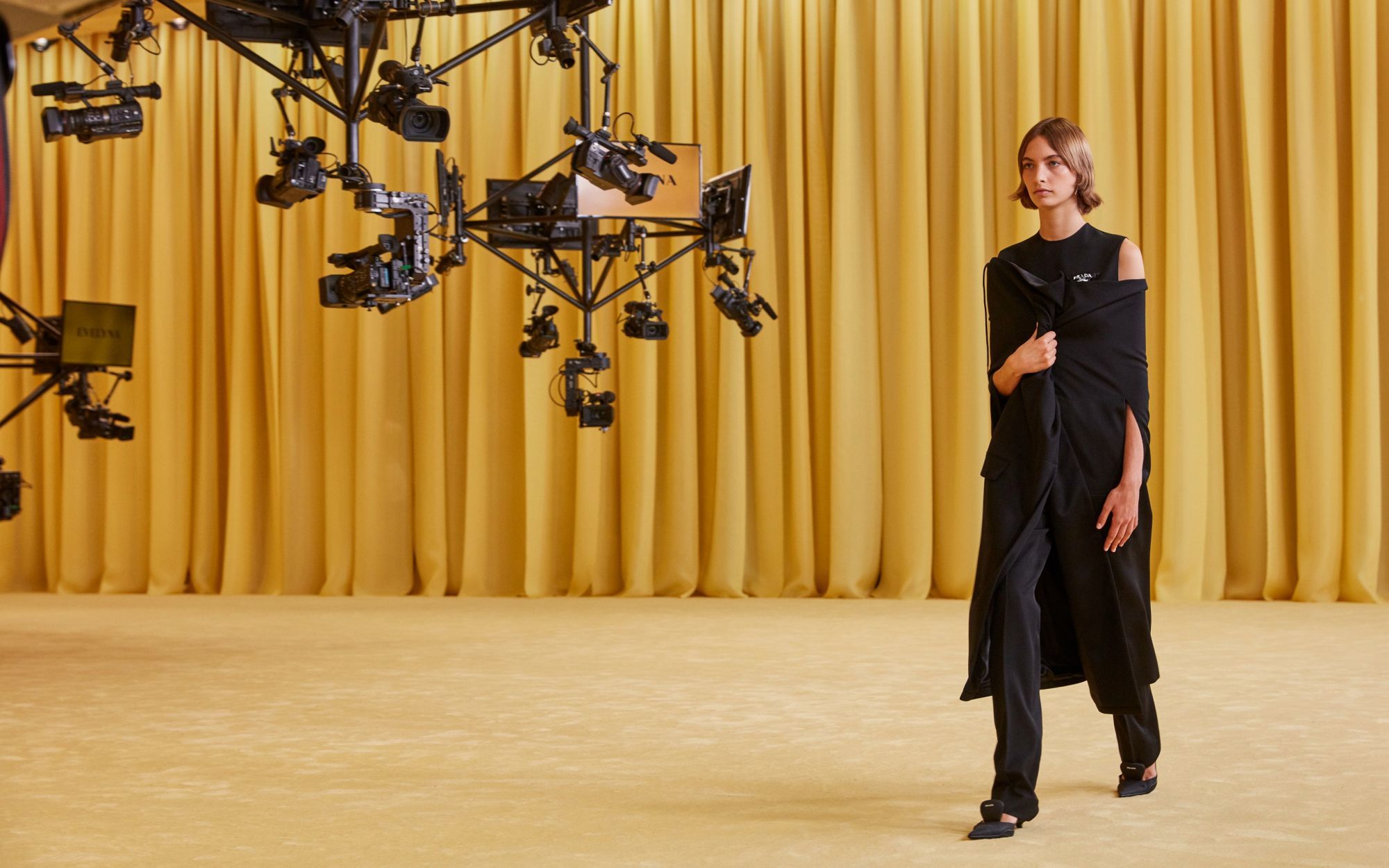
Is the future of fashion events real or in streaming? At Milan Fashion Week, brands try to understand the new role of the digital format
Looking at the Milan Fashion Week calendar, the word "digital" recurs 42 times, including at least 17 fashion shows and 19 presentations that will take place only in streaming, as well as examples of phygital shows such as those of Moncler and Prada: the first will show the new Genius collection through a mini-metaverse and a show conducted by Alicia Keys simultaneously with four other locations around the world; the second instead organized a double fashion show, which will be held in Milan and Shanghai simultaneously with a cross-streaming that will show the audience of one event what is happening in the other. At the same time, when a brand like Gucci collaborated with miart, it chose to organize a streaming-free performance, as if to emphasize the importance of real life after a year of only digital events. Now that the long-awaited end of the lockdown has arrived, in short, fashion brands are trying to better understand the role of streaming and digital interconnections inherited from the pandemic after 2020.
Brands' use of live streaming today is contradictory and a bit schizophrenic – after all, it's still being experimented. If the digital format has not been abandoned, it is above all thanks to its ability to create a digital connection between brand and public, constituting an excellent compromise solution between the opposing needs of exclusivity and inclusiveness that the fashion industry has: for example, you can organize a show for about fifty people but make it available to a much wider audience. And the possibility of reaching new and larger audiences is perhaps the main advantage of the digital medium that brands do not seem to want to give up, especially in light of successful initiatives such as Louis Vuitton's FW21 show this summer: filmed in Seoul with the participation of BTS, the stream generated the record figure of 37 million views and 1.3 million mentions / engagement making it in fact the fashion show most viewed ever. A result that can only be achieved when streaming becomes a complement to the physical show, losing value when it represents the only alternative. If we were to find a flaw in the digital show format, there would undoubtedly be a partial inability to do justice to the difficult and laborious organization of a show.
At the same time, livestreaming has too many advantages to be abandoned and has not exhausted its usefulness for fashion brands, called to understand how to exploit it intelligently. Prada and Moncler, for example, are trying the phygital solution, able to enrich the experience of the live show with other contents with the risk of weighing down its scenic apparatus. An example of a successful phygital experiment out of fashion is instead the last Supersalone 2021, with its platform accessible via QR Code that gave access to information sheets and gave the opportunity to buy the products on display on site. The solution could therefore be that of a hybridization or coexistence of the two formats or rather the creation of a new environment, where the function of streaming can remain sensible, valid and profitable for brands without creating forcing in the organization of fashion shows or happenings. One of the possible solutions is livestreamed shopping, which has found great success in China through WeChat, as Zoe Suen explains in her case study for Business of Fashion:
«Today, most social media platforms in the country have fully integrated livestreaming functionality and, according to Forrester, China’s livestreaming industry will be worth $239 billion this year, growing at a compound annual growth rate of 27 percent through to 2025. However, the medium’s commercial opportunities are no longer limited to China, as nascent livestreaming ecosystems have emerged in other markets, making it accessible to global consumers».
And although forrester's senior analyst quoted in the essay, Xiaofeng Wang, says that livestreaming applied to retail may not be as successful in countries such as Europe or the United States or that it may have it in a few more years. Recently, for example, Telfar Clemens has potentially pointed to a potential future path: the New York desginer presented a streaming TV channel in which a QR Code will appear randomly on the screen and will allow users to buy the highly sought-after Telfar Bag – meanwhile the channel will broadcast content produced by the brand and videos created by members of its community by combining retail, entertainment and community building in a new form and allowing the brand to counter bots and bootleggers.










































